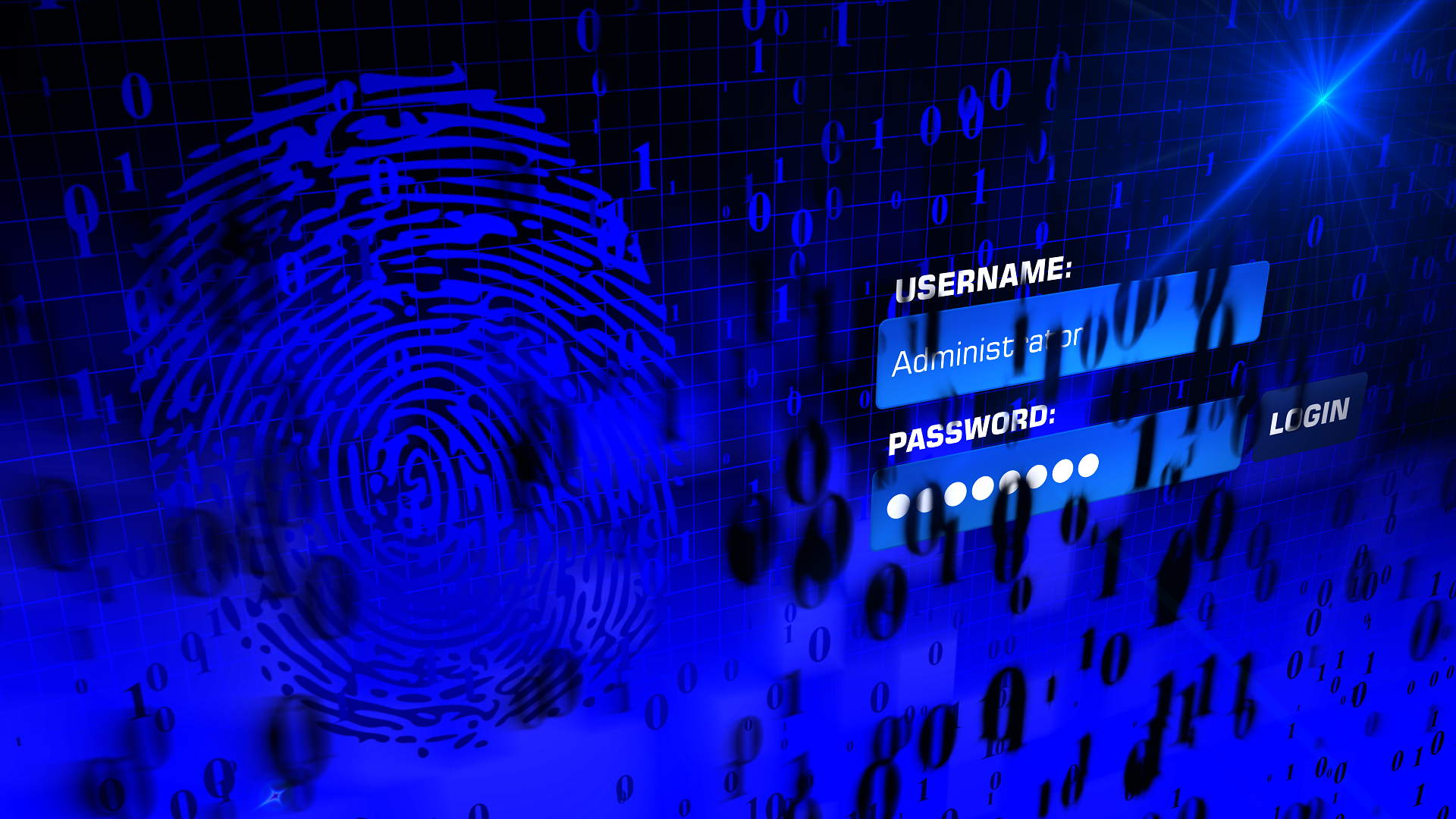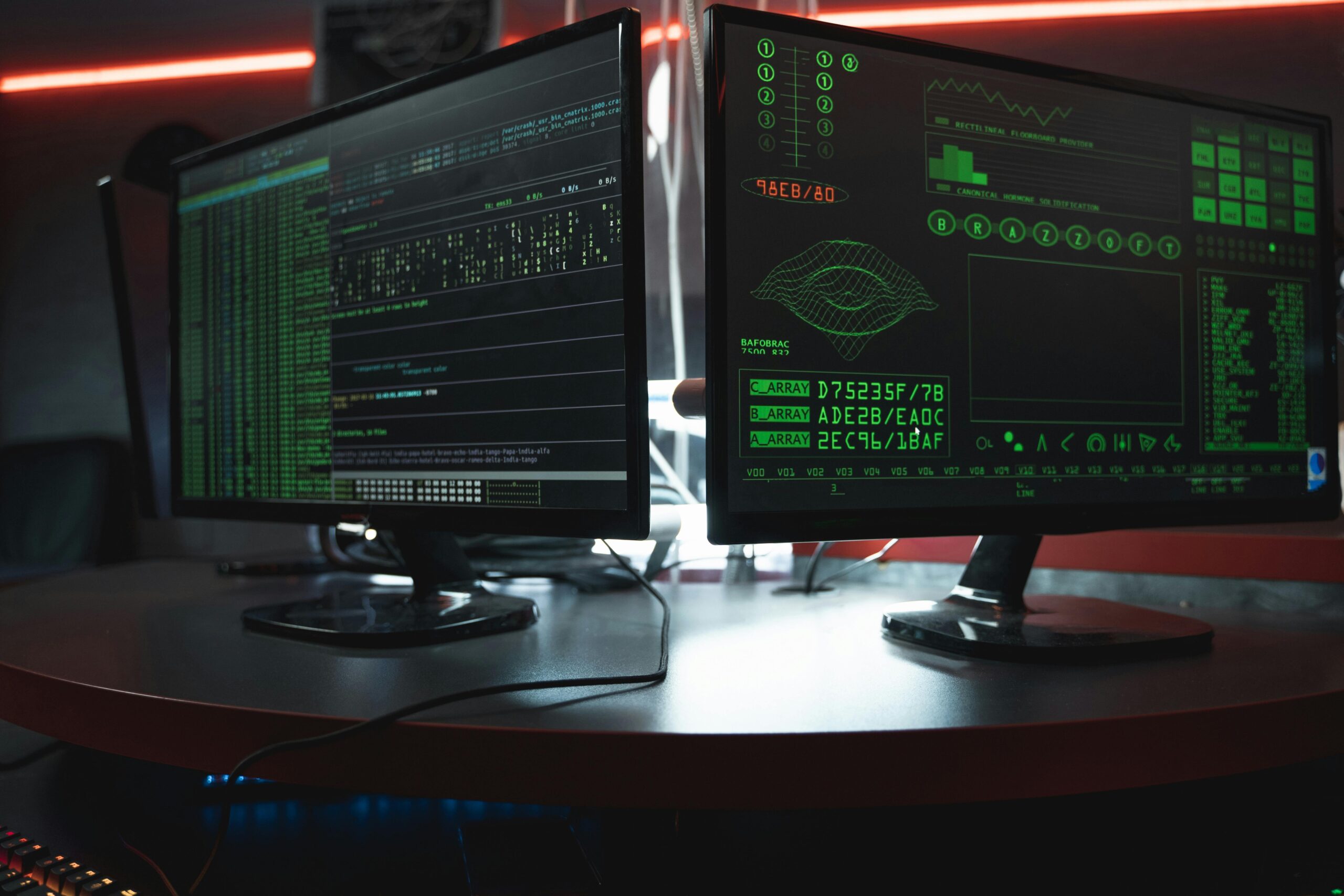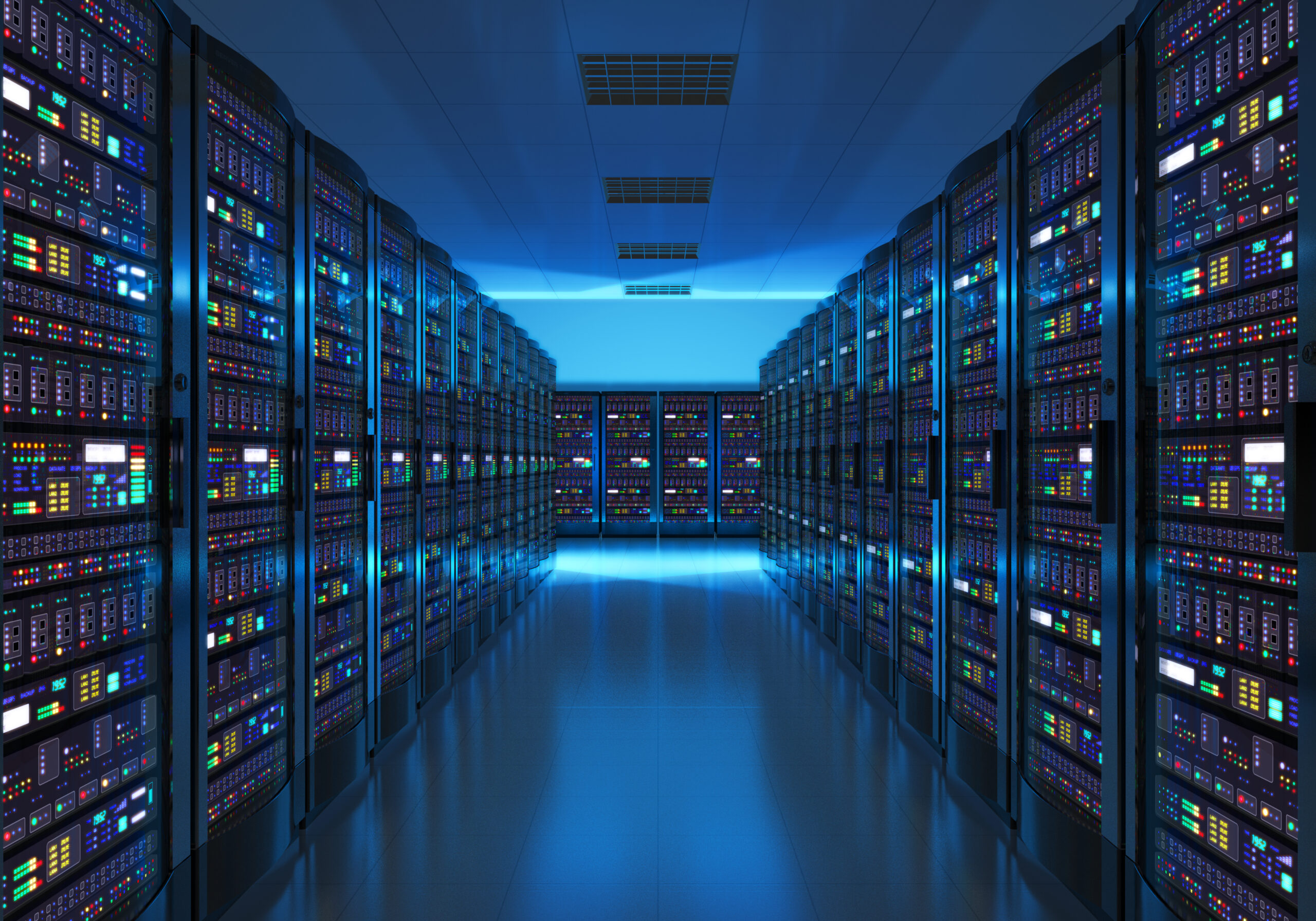As cyber threats evolve, so must our methods of protecting sensitive business data. Understanding and adopting advanced security measures is crucial for small to medium-sized enterprises, startups, and established companies. This article introduces the concept of passphrases, highlighting their advantages over traditional passwords and providing actionable steps to integrate them into your business’s security framework.
What is a Passphrase?
A passphrase is a sequence of words or a sentence used to authenticate access to a system, offering a more secure alternative to traditional passwords. Unlike passwords, which are typically short and prone to being easily guessed or cracked, passphrases are longer and more complex, making them significantly harder for cyber attackers to breach. They can include spaces, punctuation, and a mix of upper and lower case letters, enhancing their strength and memorability. By leveraging the natural language structure, passphrases provide a robust layer of security while remaining user-friendly.
How to Create a Strong Passphrase
Creating a strong passphrase involves several key steps to ensure it is both secure and memorable:
Choose a Series of Unrelated Words
Select at least four to six random words that are not commonly associated with each other. This randomness makes the passphrase significantly harder to guess and more secure against brute-force attacks.
Incorporate Upper and Lower Case Letters
Mix uppercase and lowercase letters within the words to add complexity. For example, “SunFlower” instead of “sunflower.” This variation increases the difficulty for attackers to crack the passphrase.
Add Numbers and Special Characters
Integrate numbers and special characters to further enhance security. For instance, “SunFlower!42.” Including these elements makes the passphrase more resistant to common hacking techniques.
Use Spaces or Punctuation
Include spaces or punctuation marks between words to increase the passphrase’s length and complexity. An example could be “Sun! Flower 42.” This adds another layer of difficulty for unauthorized access.
Avoid Common Phrases and Predictable Patterns
Steer clear of easily guessable phrases or patterns, such as “1234” or “password.” Using unique and unpredictable combinations significantly reduces the risk of your passphrase being compromised.
Make It Memorable
Create a passphrase that is easy for you to remember but difficult for others to guess. You might use a sentence or phrase with personal significance but not publicly known, ensuring it is both secure and user-friendly.
Test Its Strength
Use a passphrase strength checker tool to ensure your passphrase meets security standards. This step verifies that your passphrase is robust enough to withstand potential cyber threats.
By following these steps, you can create a passphrase that is both secure and easy to recall, significantly enhancing your digital security.
How Long Should a Passphrase Be?
A passphrase should ideally be at least 16 to 20 characters long to ensure robust security. The length of a passphrase significantly contributes to its strength, as longer passphrases are exponentially harder for attackers to crack using brute-force methods. By incorporating a mix of words, upper and lower case letters, numbers, and special characters, a passphrase of this length provides a substantial barrier against unauthorized access. While shorter passphrases may be easier to remember, they are also more vulnerable to attacks, making the extra length a worthwhile investment in your digital security.
Why Use a Passphrase Over a Password?
- Enhanced Security: Passphrases are typically longer and more complex than a traditional password, making them significantly harder for attackers to crack using brute-force methods.
- Increased Complexity: The use of multiple words, mixed case letters, numbers, and special characters in passphrases adds layers of complexity that are difficult for cybercriminals to guess or decode.
- Better Memorability: Passphrases can be constructed from meaningful phrases or sentences, making them easier to remember compared to random strings of characters often used in passwords.
- Reduced Risk of Common Attacks: Passphrases are less susceptible to common password attacks, such as dictionary attacks, where attackers use precompiled lists of common passwords to gain access.
- Adaptability: Passphrases can be easily adapted to meet various security requirements without sacrificing memorability, making them a versatile option for different security contexts.
- User-Friendly: Despite their complexity, passphrases can be user-friendly because they leverage natural language, which is easier for most people to recall than arbitrary combinations of characters.
Can a Password Be a Passphrase?
Yes, a password can be a passphrase if it meets certain criteria that enhance its security. Traditionally, passwords are short and often consist of a random mix of characters, which can be difficult to remember and easy to crack. However, when a password is extended into a passphrase—typically a sequence of words or a sentence—it becomes longer and more complex, making it significantly harder for attackers to breach. A passphrase leverages the natural structure of language, incorporating spaces, punctuation, and a mix of upper and lower case letters, which not only strengthens security but also improves memorability. Therefore, transforming a password into a passphrase can provide a robust and user-friendly alternative for protecting digital assets.
Can Hackers Get into Passphrases?
While no security measure is entirely foolproof, passphrases significantly enhance the protection of your accounts and data encryption. Hackers can potentially breach passphrases, but the complexity and length of a well-constructed passphrase make it much more challenging compared to traditional passwords. Passphrases are designed to withstand brute-force attacks and other common hacking techniques, providing a robust layer of security for your encrypted data and online accounts. However, it’s crucial to combine passphrases with other security practices, such as multi-factor authentication and regular updates, to further mitigate the risk of unauthorized access.
What Symbols Should I Use For a Passphrase?
- Exclamation Mark (!): Adds emphasis and complexity.
- At Symbol (@): Commonly used in email addresses, making it familiar yet effective.
- Hash/Pound Sign (#): Often used in social media tags, adding a unique character.
- Dollar Sign ($): Represents currency, adding a layer of complexity.
- Percent Sign (%): Frequently used in mathematical contexts, making it a strong addition.
- Caret (^): Less commonly used, which can enhance security.
- Ampersand (&): Represents “and,” adding both complexity and readability.
- Asterisk (*): Often used as a wildcard character, making it a strong choice.
- Parentheses ( ): Useful for grouping words or characters, adding structure and complexity.
- Hyphen (-) and Underscore (_): Both are commonly used for separation, enhancing readability and security.
- Question Mark (?): Adds an element of inquiry and complexity.
- Colon (:) and Semicolon (;): Useful for adding punctuation and structure to the passphrase.
How Does Passphrase Security Compare to Password Security?
Passphrase security significantly outperforms traditional password security in terms of user authentication. While passwords are often short and composed of random characters, making them susceptible to brute-force attacks and easy to forget, passphrases are longer and more complex, typically consisting of multiple words, mixed case letters, numbers, and special characters. This added complexity makes passphrases much harder for attackers to crack. Additionally, passphrases are easier for users to remember because they can be constructed from meaningful phrases or sentences. This balance of enhanced security and improved memorability makes passphrases a superior choice for robust user authentication, providing a stronger defense against unauthorized access to accounts and sensitive data.
How Does Cybersecurity Relate to Passphrase Security?
Cybersecurity and passphrase security are intrinsically linked, as robust passphrase practices form a critical component of a comprehensive cybersecurity strategy. Cybersecurity encompasses a wide range of measures designed to protect systems, networks, and data from cyber threats, including malware, phishing, and unauthorized access. Passphrase security specifically addresses the vulnerabilities associated with user authentication, one of the primary targets for cyber attackers. By implementing strong passphrases, businesses can significantly reduce the risk of breaches, as these longer and more complex sequences are much harder to crack than traditional passwords. This enhanced security helps safeguard sensitive information, maintain the integrity of data encryption, and protect user accounts from unauthorized access, thereby bolstering the overall cybersecurity posture of an organization.
Conclusion
In conclusion, understanding and implementing passphrases is a crucial step for any business looking to enhance its cybersecurity measures. Unlike traditional passwords, passphrases offer superior security through their length and complexity, making them significantly harder for cyber attackers to breach. By following best practices for creating strong passphrases and integrating them into your security protocols, you can protect sensitive data, secure user accounts, and maintain the integrity of your digital assets. As cyber threats continue to evolve, adopting advanced security measures like passphrases will empower your business to stay ahead of potential risks and safeguard its future.
Final Thoughts
Protect your business’s future by teaming up with Buzz Cybersecurity. We offer a full suite of defense services, including managed IT solutions, advanced cloud technologies, and strong ransomware protection. Our expert team will help you navigate the intricate landscape of cyber threats, ensuring your essential digital assets remain secure. Join forces with us today to enhance your business’s resilience in the ever-evolving realm of cybersecurity.
Sources
- https://www.cisa.gov/secure-our-world/use-strong-passwords
- https://expertinsights.com/insights/the-8-most-common-types-of-password-attacks/
- https://www.ncsc.gov.uk/collection/top-tips-for-staying-secure-online/three-random-words
Image by Thomas Breher from Pixabay




